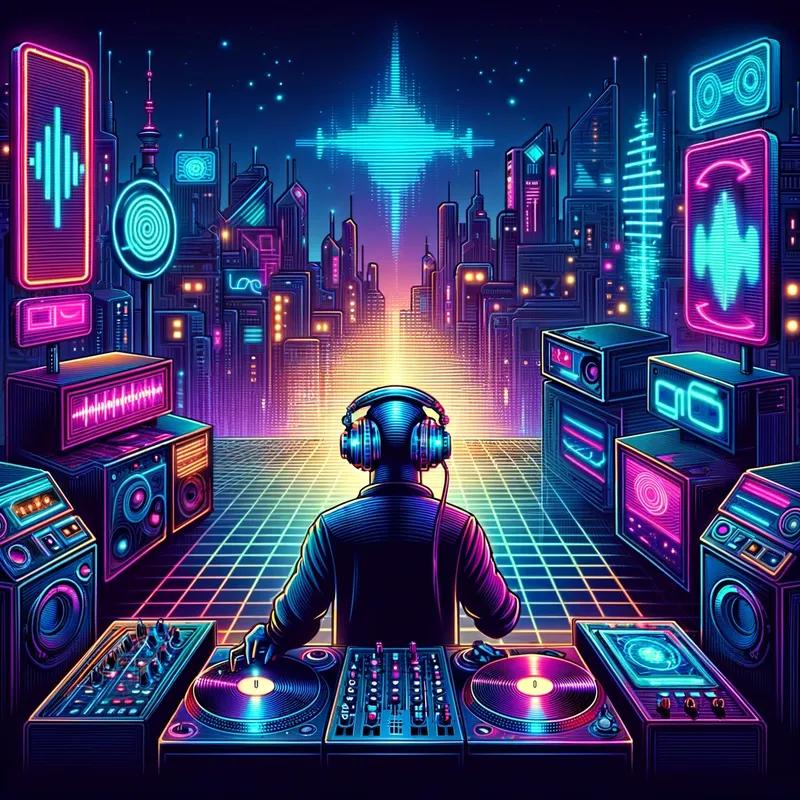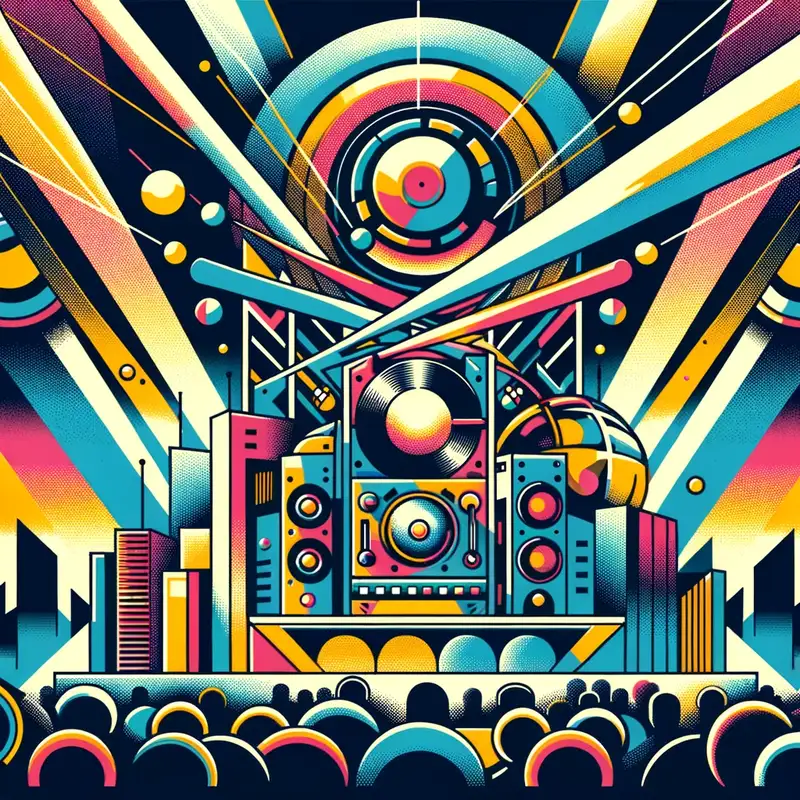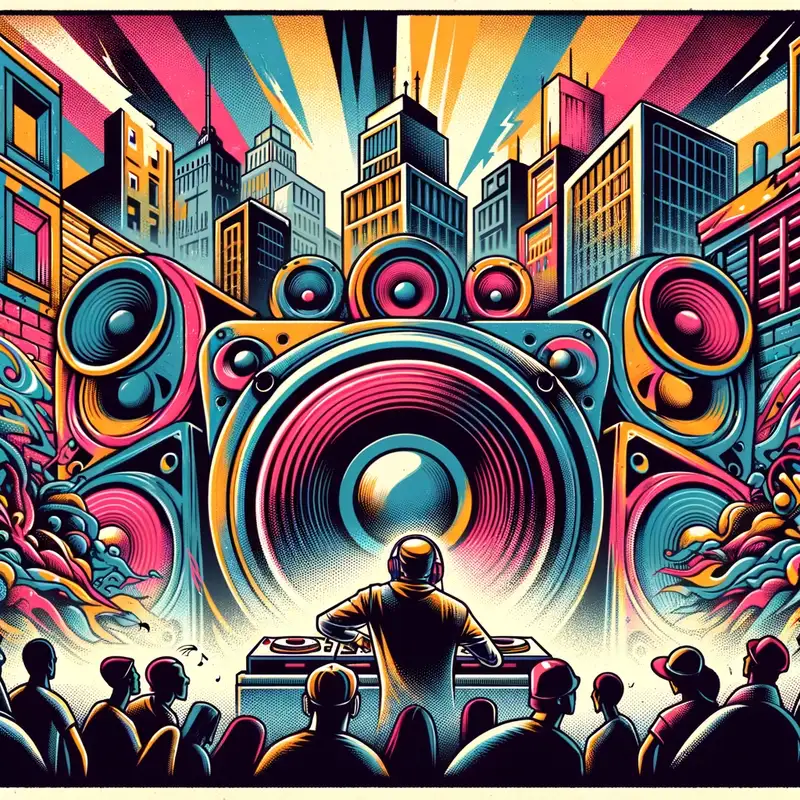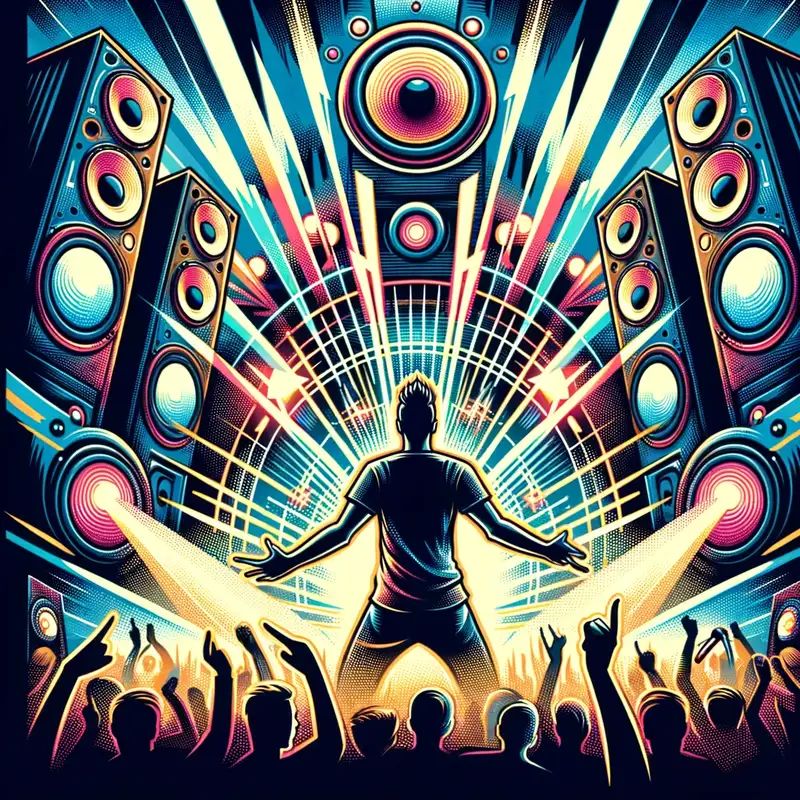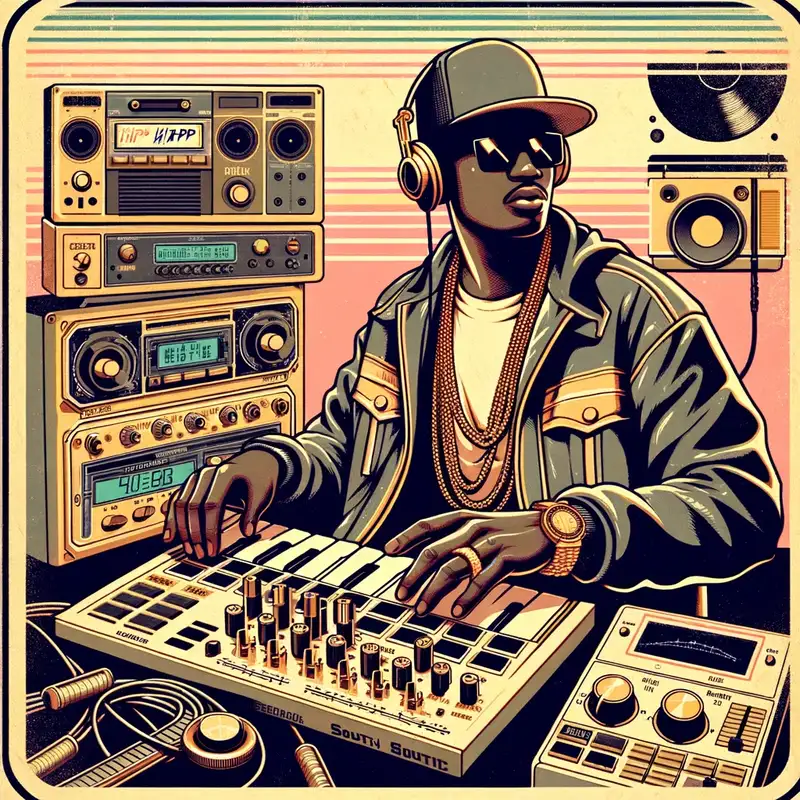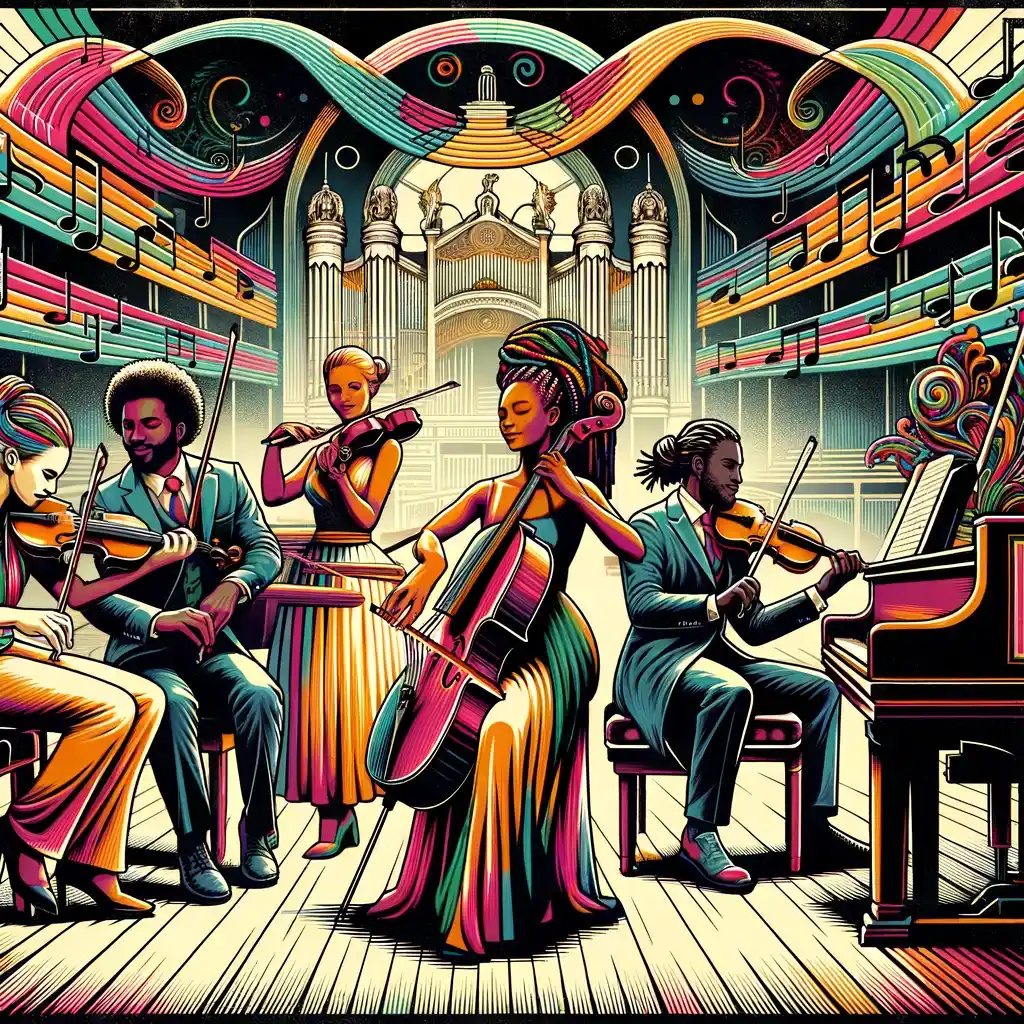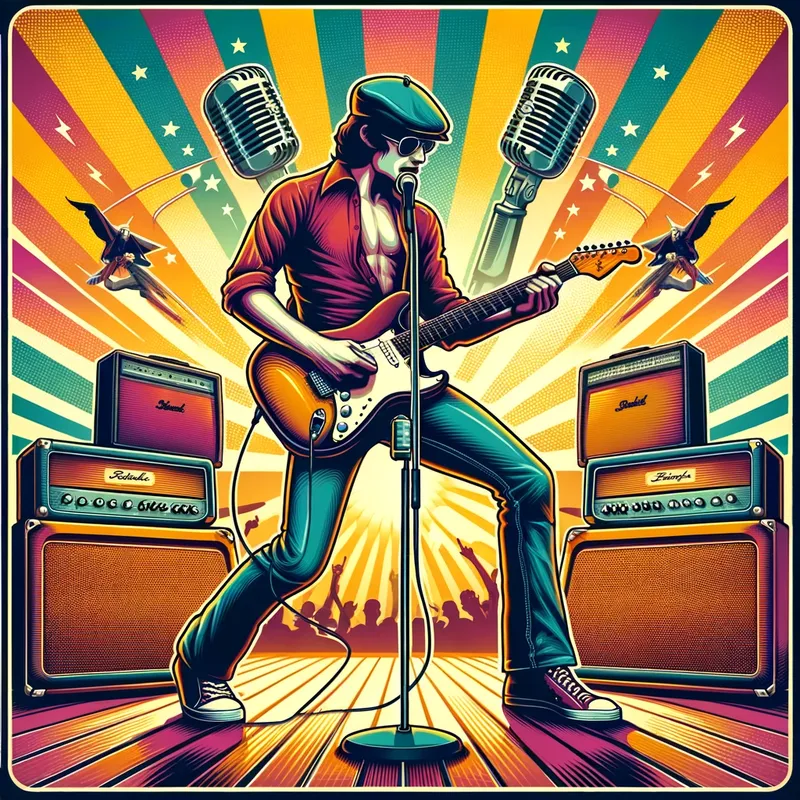Electronic/Dance Music (EDM)
Electronic/Dance Music, often abbreviated as EDM, encompasses a broad range of music genres produced primarily for dance-based entertainment environments. From the underground raves of the 1980s to today’s mainstream music festivals, EDM has grown immensely in popularity and influence.
Table of Contents
Historical Context
Origins in the 70s and 80s: The beginnings of EDM can be traced back to disco in the US, which employed electronic instruments like synthesizers. The fall of disco led to the rise of house music in Chicago and techno in Detroit.
90s Boom: The 90s saw a massive explosion in different sub-genres. In Europe, trance became significant, while the UK birthed jungle and drum and bass. This era also saw the commercialization of EDM.
21st Century Mainstream Explosion: With the advent of digital tools and platforms like SoundCloud, EDM reached global audiences. Festivals like Tomorrowland and Ultra became cultural phenomena.
Prominent Sub-genres
- House: Characterized by its 4/4 beat, offbeat hi-hats, and synthesized basslines. Examples include deep house, tropical house, and future house.
- Techno: A repetitive beat combined with a forward-driving rhythm and futuristic or industrial sounds.
- Trance: Features fast tempos and repeating melodic phrases.
- Dubstep: Known for its dominant bass, broken beats, and spacious sound. It often features heavy drops.
- Drum and Bass: Has fast breakbeats, heavy basslines, and samples from various sources.
- Trap: Originating from hip-hop, it employs double or triple-time hi-hats and spacey synthesizers.
- Hardstyle: Features distorted sounds, a fast tempo, and a pounding kick drum.
Key Characteristics
- Synthesized Sound: EDM heavily relies on electronic equipment. Instruments like synthesizers, drum machines, and software are crucial.
- Repetitive Patterns: EDM often uses loops – repeated sections of beats and melodies.
- Build-ups and Drops: Many tracks feature a significant build-up that culminates in a drop, releasing the musical tension in a burst of energy.
Cultural Impact and Festivals
PLUR (Peace, Love, Unity, Respect): A mantra that began in the rave culture symbolizing its core values.
Music Festivals: Massive events such as Tomorrowland, Ultra Music Festival, Electric Daisy Carnival, and Coachella play a crucial role in promoting EDM globally.
Club Culture: Cities like Ibiza, Berlin, and London are known for their EDM club scenes, where DJs play extended sets, often weaving various genres together.
Notable Figures
- Pioneers: Frankie Knuckles (House), Juan Atkins (Techno), Paul van Dyk (Trance).
- Modern Icons: Martin Garrix, Skrillex (Dubstep), Calvin Harris (Electro House), Armin van Buuren (Trance).
- Behind the Scenes: Producers like Max Martin and Diplo have brought EDM elements into top-charting pop songs.
The Digital Age and EDM
Software Revolution: Programs like Ableton Live and FL Studio democratized music production, allowing anyone to become a producer.
Streaming Platforms: Spotify, SoundCloud, and YouTube played pivotal roles in propelling artists to fame.
With its roots in inclusivity and unity, EDM continues to evolve, encompassing a myriad of styles and resonating with audiences worldwide.
